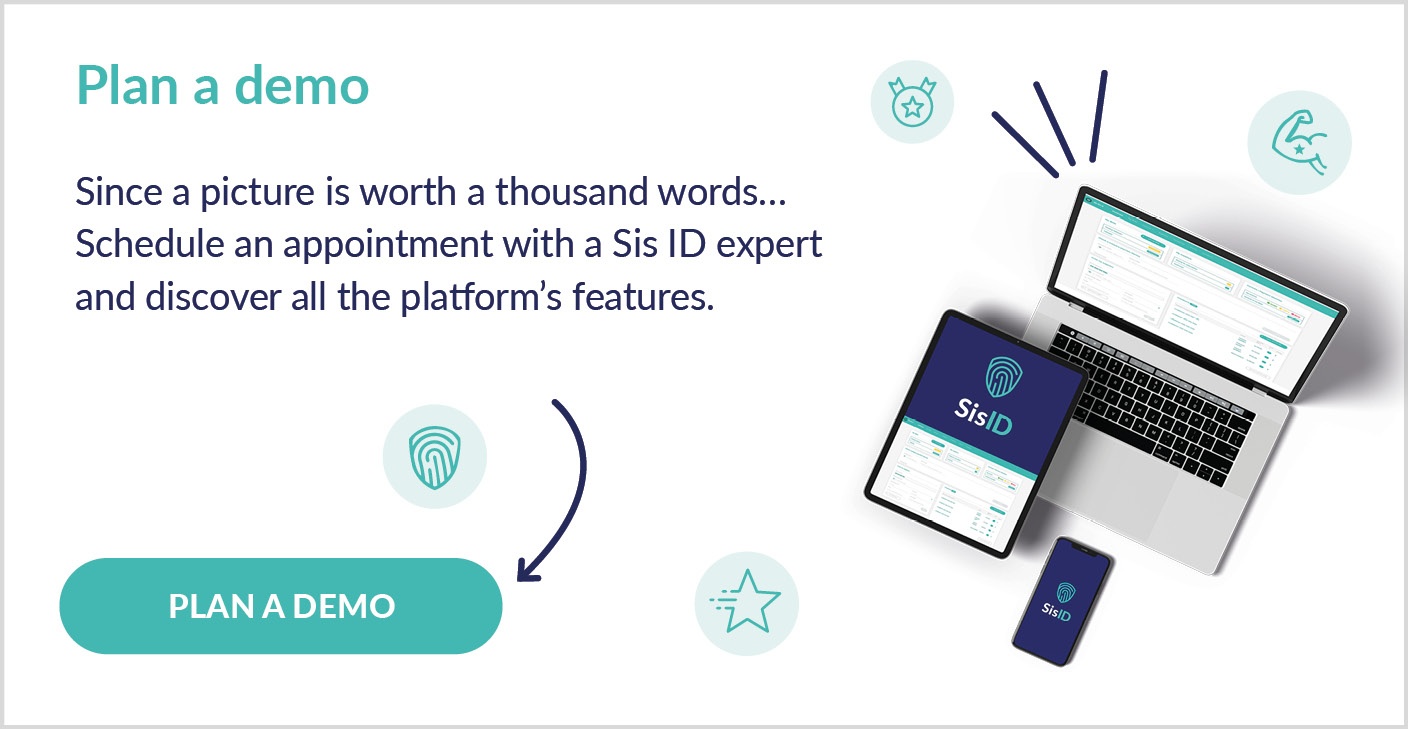Decoding White-Collar Crimes: How to safeguard your business from financial schemes
The threat of white-collar crimes looms large, posing significant risks to companies of all sizes and industries. From fraudulent schemes to sophisticated cybercrimes, the perpetrators of white-collar offenses continue to adapt and evolve. Businesses must remain vigilant and informed.
White-collar crimes cost businesses billions of dollars each year. Not to mention the loss of trust and reputation that can result from such incidents. Whether you’re a seasoned executive or an emerging entrepreneur, understanding the nuances of white-collar crimes and implementing robust safeguards is essential to protect your business interests and preserve shareholder value.
Understanding white-collar crimes
To combat the pervasive and multifaceted threat posed by white-collar crimes, which encompass various types of fraud risk, business professionals must prioritize developing a comprehensive understanding of these illicit activities and their diverse manifestations.
What is white-collar crime?
White-collar crime consists of perpetuating non-violent crimes, usually aiming to embezzle, launder, or divert corporate money. Perpetrators deceive or conceal information to gain money or personal/business interest.
Common types of white-collar fraud
Notable examples

Identifying red flages
recognizing the telltale signs of potential white-collar crimes is crucial for safeguarding businesses against financial loss and reputational damage. By remaining vigilant and attuned to certain red flags, business professionals can enhance their ability to detect and prevent illicit activities within their organizations.
Detecting financial irregularities
Behavioral indicators
Data anomalies and cyber threats
Compliance and regulatory concerns
Prevention strategies
Mitigating the risks of white-collar crimes requires proactive measures and a comprehensive approach to safeguarding corporate interests and preserving stakeholders’ trust. By implementing robust prevention strategies, businesses can reduce their vulnerability to financial schemes and illicit activities, promoting transparency, compliance, and ethical conduct within the organization.
Establish internal controls
Promoting ethical standards
Embracing regulatory compliance
Implementing due diligence measures
Leveraging technology solutions
By adopting a proactive and multi-faceted approach to prevention, businesses can fortify their defenses against white-collar crimes and uphold corporate integrity, accountability, and transparency. Through continuous vigilance, collaboration, and investment in risk mitigation strategies, organizations can mitigate the risks posed by financial schemes and criminal activities, safeguarding their reputation, assets, and long-term viability in an increasingly complex and interconnected business environment.






